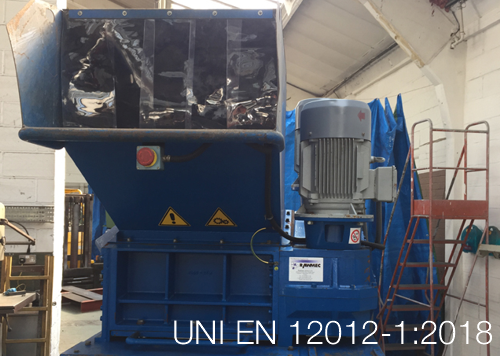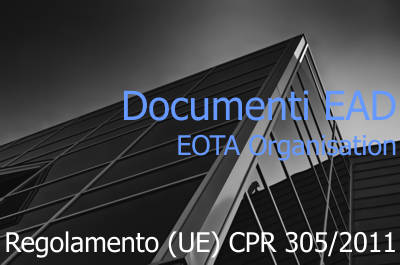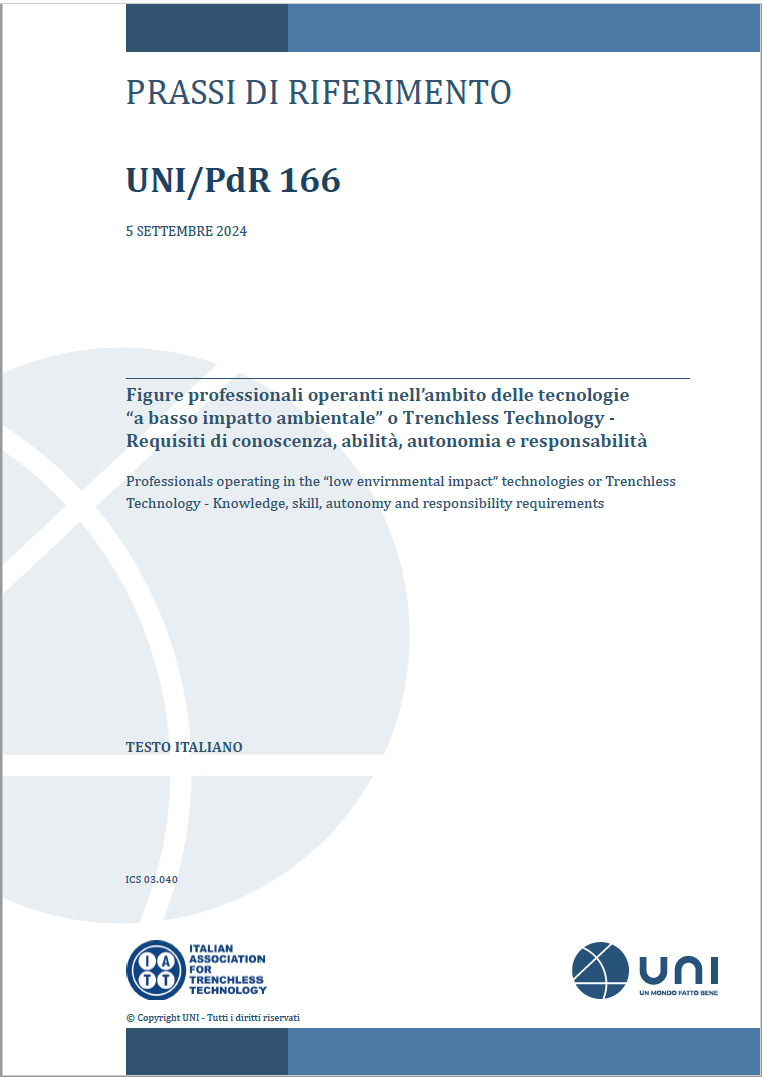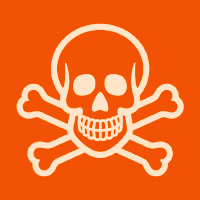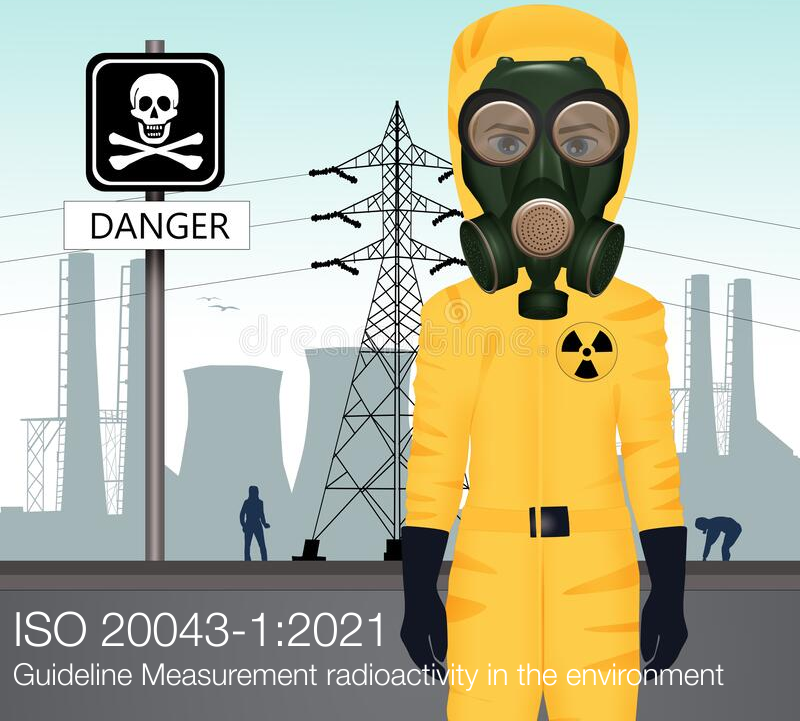
ISO 20043-1:2021 / Guideline Measurement of radioactivity in the environment
ID 18327 | 09.12.2022 / Preview in allegato
Measurement of radioactivity in the environment — Guidelines for effective dose assessment using environmental monitoring data — Part 1: Planned and existing exposure situation
These international guidelines are based on the assumption that monitoring of environmental components (atmosphere, water, soil and biota) as well as food quality ensure the protection of human health[2][4][5][6][7][8]. The guidelines constitute a basis for the setting of national regulations and standards, inter alia, for monitoring air, water and food in support of public health, specifically to protect the public from ionizing radiation.
This document provides
- guidance to collect data needed for the assessment of human exposure to radionuclides naturally present or discharged by anthropogenic activities in the different environmental compartments (atmosphere, waters, soils, biological components) and food;
- guidance on the environmental characterization needed for the prospective and/or retrospective dose assessment methods of public exposure;
- guidance for staff in nuclear installations responsible for the preparation of radiological assessments in support of permit or authorization applications and national authorities' officers in charge of the assessment of doses to the public for the purposes of determining gaseous or liquid effluent radioactive discharge authorizations;
- information for the public on the parameters used to conduct a dose assessment for any exposure situations to a representative person/population. It is important that the dose assessment process be transparent, and that assumptions are clearly understood by stakeholders who can participate in, for example, the selection of habits of the representative person to be considered.
Generic mathematical models used for the assessment of radiological human exposure are presented to identify the parameters to monitor, in order to select, from the set of measurement results, the "best estimates" of these parameter values. More complex models are often used that require the knowledge of supplementary parameters.
The reference and limit values are not included in this document.
...
Fonte: ISO
Allegati
|
Descrizione |
Lingua |
Dimensioni |
Downloads |
 |
|
EN |
565 kB |
5 |
